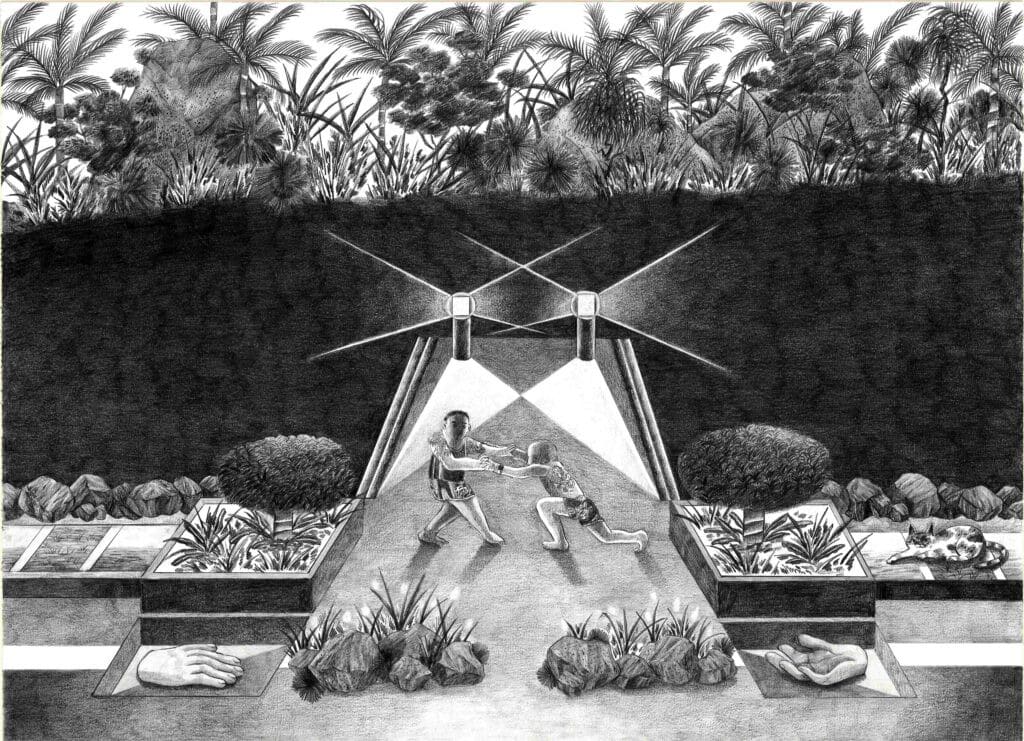
- This event has passed.
EVENT DESCRIPTION
Soluna Fine Art is pleased to present “Pervade 滲”, an exhibition co- organised by the Korean Cultural Center in Hong Kong and Art Chosun. The exhibition will showcase 11 masterpieces by two first-generation Korean modern and contemporary art masters: Chung- Hwa (靑華) Ha In-Doo (1930-1989), whose geometric colour field abstract art has roots that can be traced back to Korean traditional culture and Buddhism; and Go-Am (顧庵) Lee Ung-No (1904- 1989), who transcended the barriers of Eastern and Western art with his modern and abstract art of nature and humans.
The global pandemic has brought heavy restrictions to the arts and culture sector. This exhibition was organized with the hope of introducing Hong Kong to Korea’s past and artistic authenticity through the works of two of Korea’s most recognized first-generation abstract artists. We also hope that this exhibition can foster cultural exchange between Korea and Hong Kong.
Chung-Hwa Ha In- Doo (b. 1930 in Changnyeong, Gyeongsangnam-do, Korea) was the first batch of university graduates after Korea’s independence. In 1957, together with other progressive young artists, Ha established the Contemporary Artists Association. As founding member of ACTUEL with contemporaries including Kim Tschang-yeul and Park Seo-bo, Ha avidly took part in the Informel movement until 1962. Ha also began producing works of geometric colour field abstract art while incorporating optical art. Ha’s art reflects a deep appreciation for Buddhist ideas and concepts,which can be seen in works such as “Hwe (廻)” and “Yoon (輪)”, where the Buddhist virtue of Zen (禪) is deeply embedded. Since the mid-1970s, Ha abandoned geometric structures commonly found in his former works, and was in favor of Buddhist elements such as streamlines and waves. Notable examples of such works include “Milmun (密門)” and “Mandala (曼茶羅)”. Ha’s “Mandala” series is known for embracing optical art and Buddhist symbolism. The works of Ha are regarded as embodying Eastern and Korean spirits in Western abstract. Ha’s works draw on traditional Korean aesthetics and Buddhist ideological elements, such as Dancheong (Korean traditional decorative patterns on wooden buildings), folk paintings, and shamanic paintings, integrating decorative colours, mystifying compositions and philosophical meanings.
Go-Am Lee Ung-No (b. 1904 in Hongseong, Chungcheongnam-do, Korea) is a master of Korean modern and contemporary art. His works express nature and humans in a modern abstract style, transcending the barriers between Eastern and Western art. Kim Gyu-jin, who mentored Prince Imperial Yeong (Yeongchinwang, the last Crown Prince of the Empire of Korea), spoke highly of Lee Ung-No’s exceptional artistic talent. After Cheongjook (green bamboo, 靑竹) was selected for the 3rd Joseon Art Exhibition in 1924, Lee began to emerge and developed his artistic career as a traditional “Four Gentlemen” painter. Lee studied in Japan from the late 1930s to the early 1940s, during which he developed new styles of landscape painting. After moved to France in 1958, he created works such as “Munjachusang (Abstract Letter)” and “Gunsang (People)” series that combined qualities of Eastern and Western art, showing a unique style of painting. Lee’s works attracted immense attention from European art circles, many of which were presented in exhibitions in Germany, the United Kingdom, Italy, Denmark, Belgium, and the United States. In 1964, Lee founded the Academy of Oriental Painting in the Musée Cernuschi in Paris and played a pivotal role in promoting Eastern culture to the West by teaching Eastern calligraphy and art.
Under the pandemic, the arts and culture sector are subject to many restrictions. This exhibition hopes to help Hong Kong people learn more about the history and aesthetics of Korea by introducing two masters who have had a proufound influence on Korean abstract art, and at the same time foster cultural exchanges between Korea and Hong Kong through art.
ABOUT THE ARTIST / ORGANISER
Soluna Fine Art is a gallery specialising in Asian fine art and objects with deep roots in South Korea. Our mission is to revitalise interest in Eastern aesthetics and philosophy by showcasing established and emerging artists and works of traditional value with contemporary interpretation. Works by artists represented by Soluna Fine Art can be found in private collections and institutions around the world. Apart from exhibitions, our annual programme also includes fairs, educational initiatives and multi-disciplinary collaborations on an international level.Details
- Start:
- 15 January 2022
- End:
- 12 March 2022
- Admission:
- Free
- Event Category:
- Painting
Venue
Organisers
You may also like
Leave a Reply Cancel reply
You must be logged in to post a comment.



